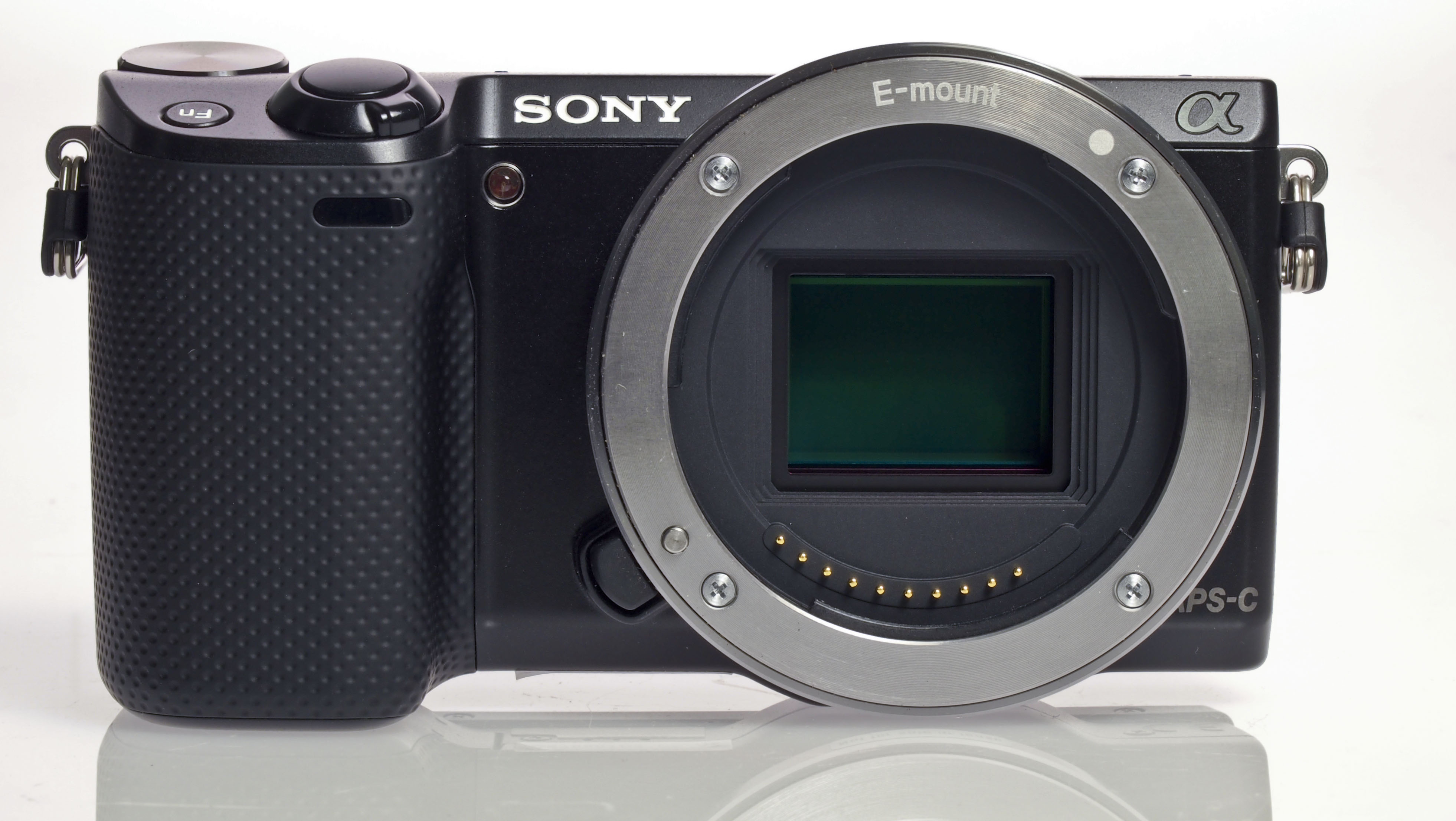Why you can trust TechRadar
We found that JPEG images direct from the Sony NEX-5R look clear and crisp, with the multi-purpose metering system doing a good job of working out the correct exposure for the scene.
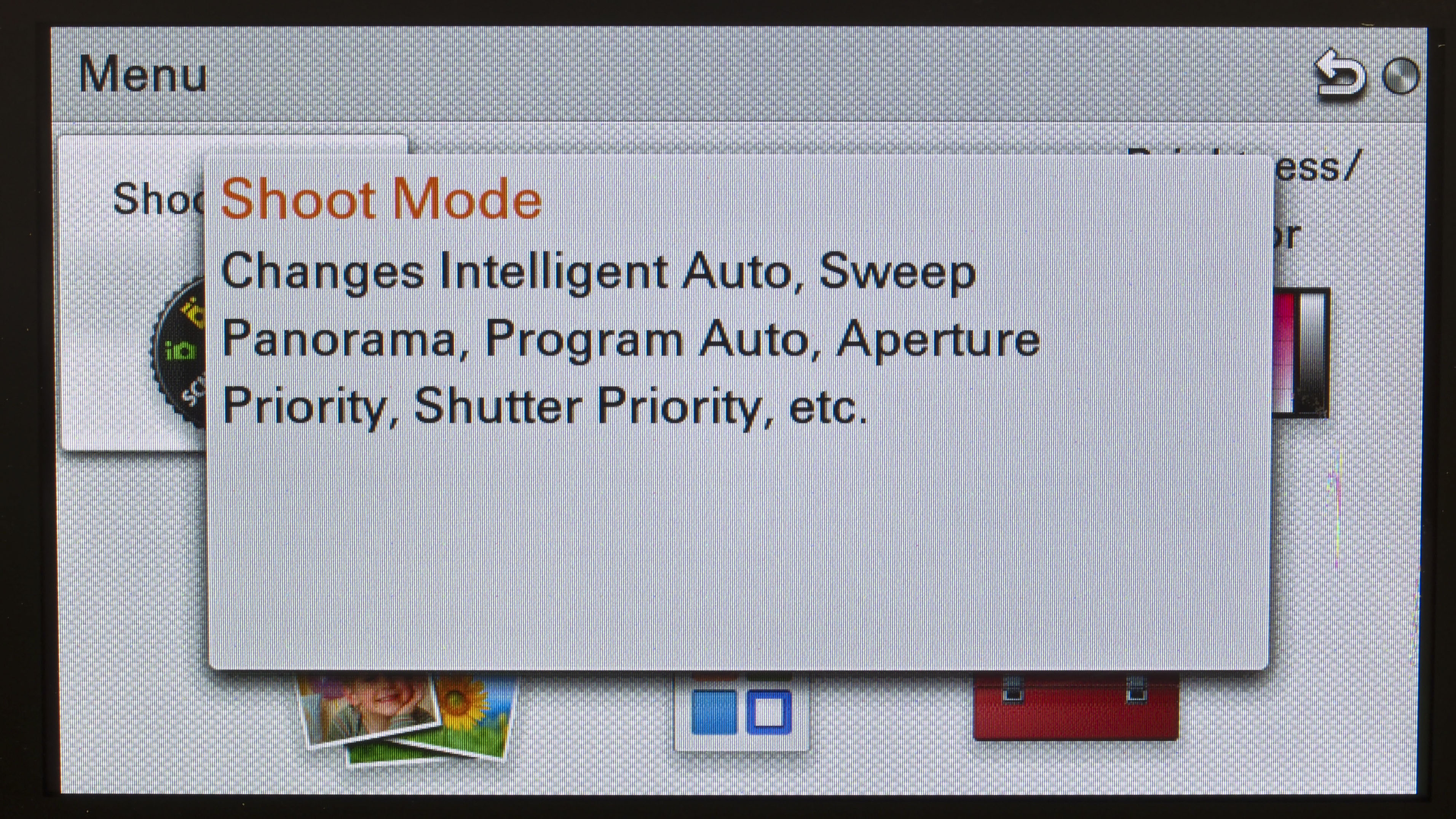
In fact the metering gets it close to spot-on about 90% of the time. However, in high contrast situations there is a slight overcompensation for the highlights, with shadow detail in JPEGs being lost.
This shadow detail can still be recovered in the raw files when using sensitivity settings up to an impressive ISO 6400, or we found you could compensate the shadows in JPEGs by switching on the DRO (Dynamic Range Optimisation) settings to DRO Lv3 or above to instantly lift the shadows and balance the exposures for high-contrast shots.
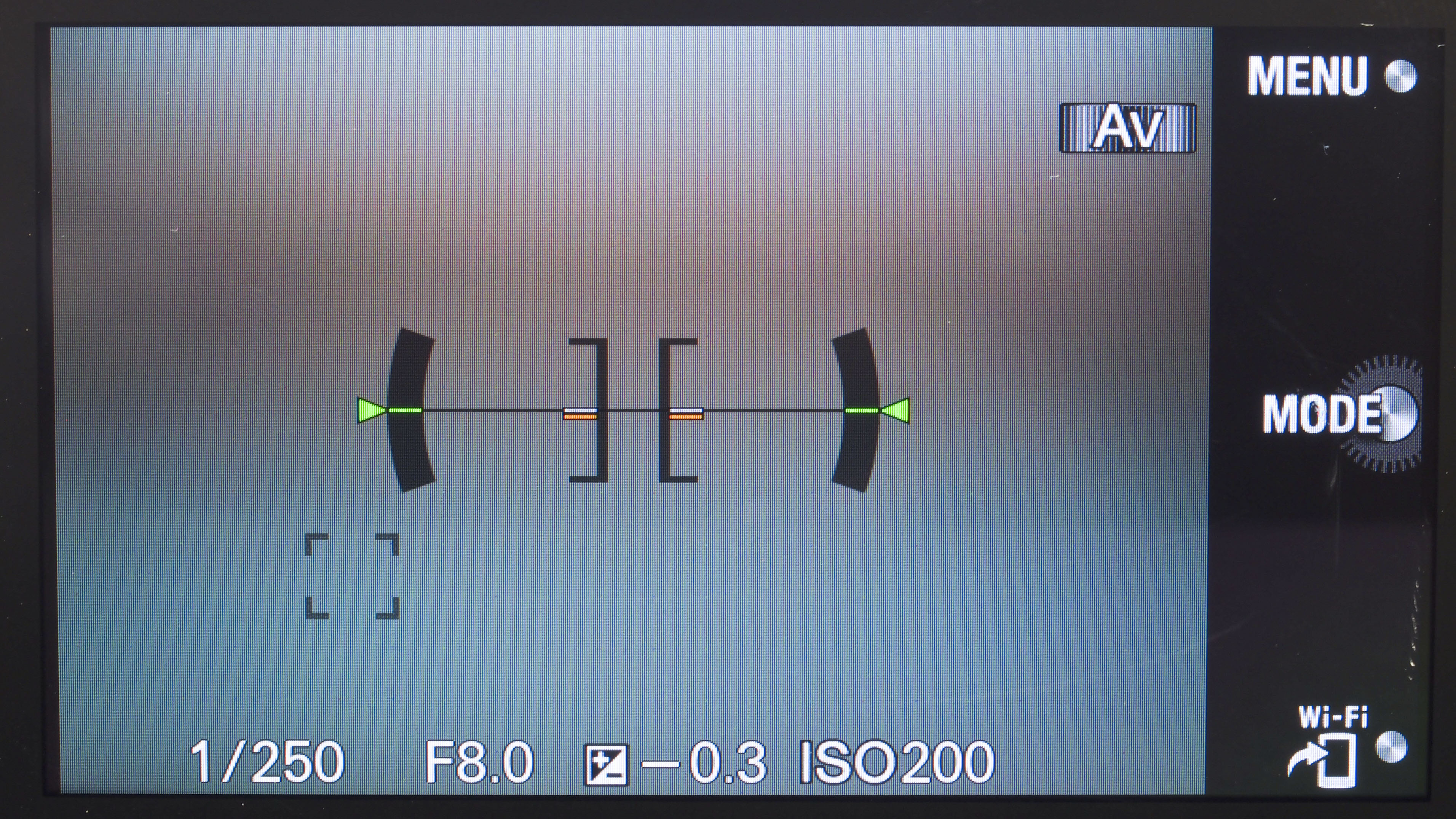
The new hybrid AF system uses both contrast and phase detection, automatically choosing the best to use depending on the conditions, and in some situations it will use both to ensure fast focus.
In bright daylight conditions, we found this system was capable of finding and locking onto the target quickly and accurately. Even when tested in low light conditions, there was little if any let-up in AF speed.
The phase detection part of the Sony NEX-5R's autofocus system features 99 detection points, and contrast detection has 25 points. When using the camera in high speed shooting mode with continuous AF, we were able to capture a higher than average amount of frames in focus.
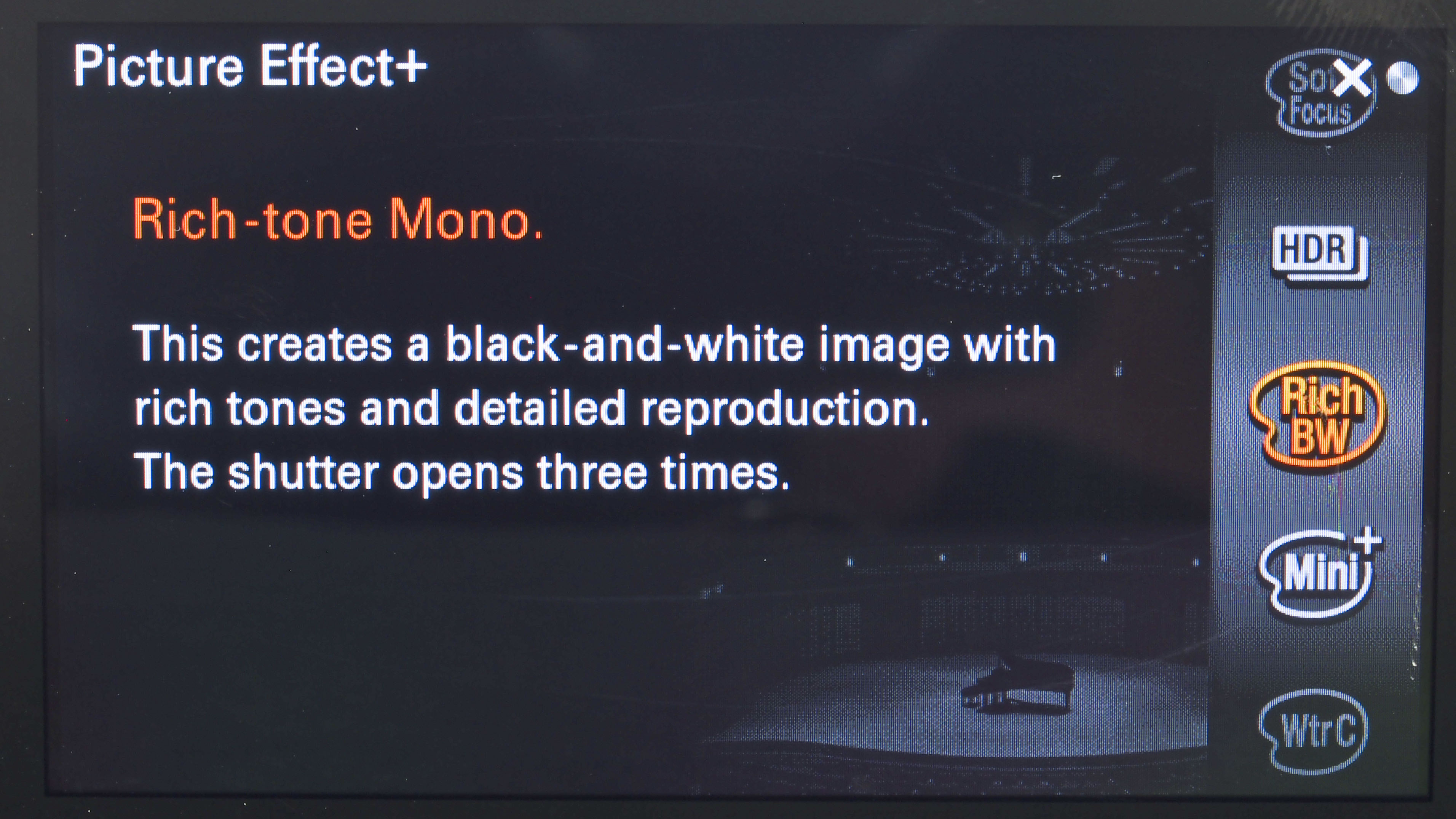
Using spot focus proved that the Sony NEX-5R's AF system is fast and accurate, but even when switching to multi-point AF the camera's sensors worked out the point of interest and locked on to their target with little lens refocusing.
Sign up for breaking news, reviews, opinion, top tech deals, and more.
The combined system worked well with all conditions we threw at it, and with three AF options - Multi, Flexible and Spot - it offers a good amount of flexibility.
Looking through the images there's a noticeable difference between the JPEG and raw files when it comes to dynamic range, especially in high-contrast shots. While some shadow detail is lost in JPEGs, this dark shadow detail in the raw files can still be easily recovered.

As with previous NEX cameras, noise is handled well, with little if any being visible in images up to ISO 3200. Above this value, noise does start to encroach, but not to the cost of the image.
At the highest settings of ISO 12800-25600, noise within JPEGs is still handled well, but zooming into the image at 100% reveals the high amount of smoothing that has been applied to hide the noise, and cost the image its detail.
However, if the image is destined for a small 6 x 5-inch print or small web thumbnail, who's going to notice? You still have a usable image at this size.
If we compare images shot at these high sensitivities of ISO 12800 and 25600 from the Sony NEX-5N and Sony NEX-5R, we can see that while noise is apparent in both, the NEX-5R has the edge for detail.
Overall image quality is good, and results for signal to noise ratio and dynamic range, especially in raw files, show a strong performance compared to its competitors. However, the resolution results are fairly average, despite an improvement over the Sony NEX-5N.

In fact, the Sony NEX-5R's resolution results at the lower end of the sensitivity scale lag behind those of the Panasonic G5, Samsung NX20 and Olympus PEN E-P3, but at higher sensitivities the Sony NEX-5R redeems itself.
During the test, Auto White Balance was selected for the majority of shots, and as we checked through the resulting JPEG images, we initially felt that they lacked the vibrance and saturation that we'd normally expect from this level of camera.
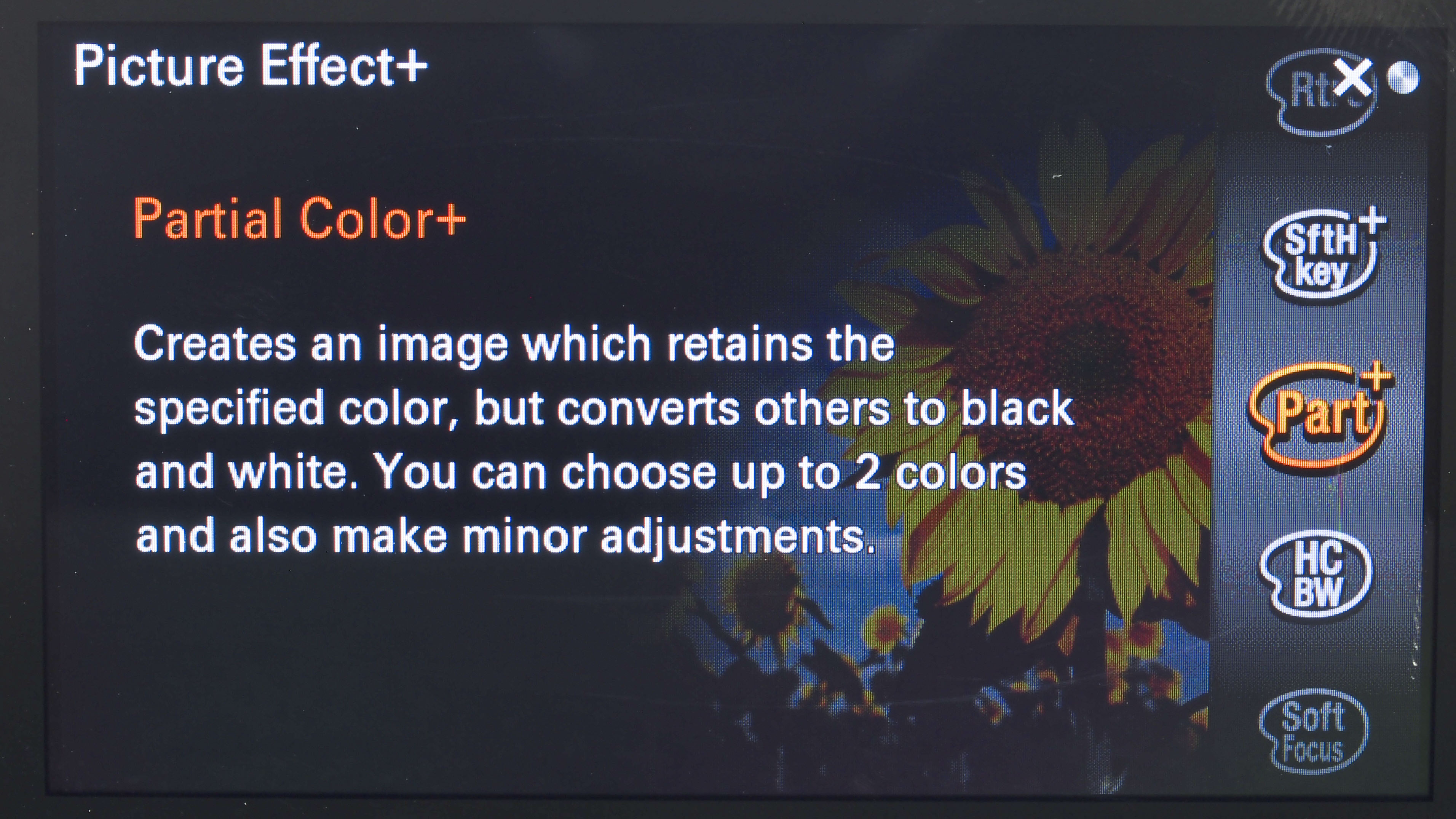
However, this is not altogether a bad trait, since the colour itself is extremely accurate, with little colour cast and good neutral tones that give the pictures a pleasing natural look.
Current page: Performance
Prev Page Build quality and handling Next Page Image quality and resolutionAli Jennings is the imaging lab manager for Future Publishing's Photography portfolio. Using Imatest Master and DxO Analyser he produces the image quality tests for all new cameras and lenses review in TechRadar's cameras channel. Ali has been shooting digital since the early nineties and joined Future's Photography portfolio back in 2003.
